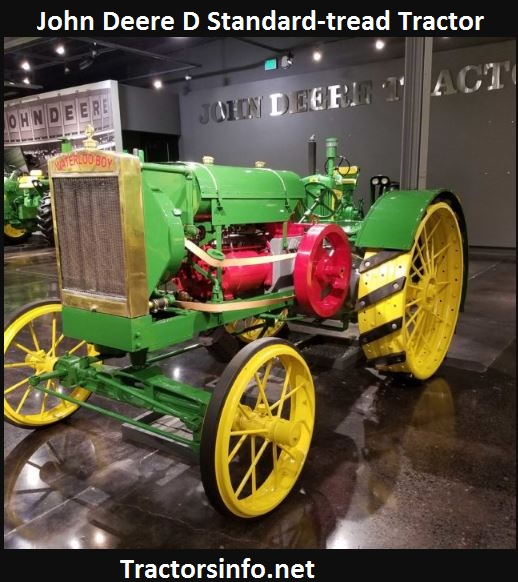

The Model G had 19 fine vertical serrations at the rear of the slide, also similar to those on the R-series. According to Hogg & Walter the Model G was introduced in 1950, but advertisements from the era do not show it, and a factory letter dated 20 October 1958 states that it was introduced in. Model G were both single-action only, unlike the Walther. The Model G was a copy of the Spanish Echasa “Fast” pistol, which appeared in 1948 and which in turn was a simplified copy of the Walther PP.

It was an unlocked breech pistol with a pointed grip tang and a rebounding hammer, and was nearly identical in size to the Model C. The Model C was widely used by police agencies in France. 380 version ended in November of 1963, while the. The design of the flat spring for the grip safety was changed in March of 1950. The Model C bushing changed somewhere in the 13,000 to 14,000 range. According to Huon, this change took place in November of 1946, beginning with serial number 56,081 however, he is referring to the Model D, as there are no Model C serial numbers in this range. In the later version (Type 2) the latch was eliminated in favor of a bayonette- style bushing and the extractor was stamped rather than machined.

Had its barrel bushing held in place by a spring-loaded mortise & tenon style latch on the bottom of the slide. The early version of the model C (Type 1) 380 version of the gun was introduced on 15 September 1933, and the. The grip is deeper than that of the 1910 Browning, and the backstrap is curved rather than straight. The manual safety was moved to the front of the left grip, and the magazine release was positioned just behind the trigger, as on the 1911 Colt. 32 caliber was based on the 1910 FN Browning. Model C and C/DThe Model C ( Modèle C) in.


 0 kommentar(er)
0 kommentar(er)
